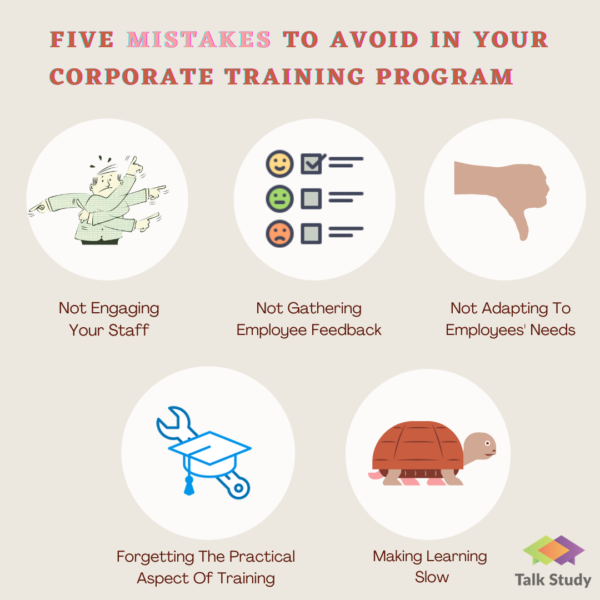Over the past 10 years, companies have steadily increased their spending on corporate training. Globally, the corporate training market grew from around $244 billion in 2009 to more than $370 billion in 2019. The first wave of Covid-19, however, took businesses by surprise when the majority of companies had to transition to remote work. In 2016, only 43% of employees in U.S. companies had remote working experience. And through my time leading an education platform, I’ve found that most businesses have favored internal training and corporate universities for top management. This means that many corporate training programs likely weren’t ready to go virtual when everything suddenly had to move online. Even before the pandemic, the research found that nearly 75% of senior managers were dissatisfied with the training programs in their businesses. Now that organizations must navigate online corporate training, many for the first time, the risk of doing things wrong has grown. Every business is unique, but some common mistakes in corporate training program can be avoided, including:

Not Engaging Your Staff
I’ve observed there’s often an imbalance between the kind of training offered by L&D professionals and the needs of staff. For example, recent research by Udemy found that that 52% of L&D professionals consider technical skills the top priority for corporate training programs. Yet, a study by LinkedIn found that employees would most benefit from learning soft skills. LinkedIn has also reported that more than half of employees would spend more time learning if their managers suggested a course that would help them improve their skills.
To me, this shows that even if you’re struggling to maintain engagement in your corporate training program, the motivation is there; you just need to offer the right course. I recommend offering a diverse portfolio of courses to help increase staff motivation and engagement.
Failing To Gather Employee Feedback
For your L&D program to work, there is no better indicator than employee feedback. This might seem obvious, but I’ve observed a number of businesses that do not gather feedback from their teams. Establish a system of regular feedback collection, and discuss the results with your content providers, regardless of whether they are external or internal. That way, you will be able to not only track the effectiveness of your program, but also improve its content.
Maybe you’re interested in:
How To Tell If The Company Culture Is Right For You
How Employees Can Readjust to Office Life
Forgetting The Practical Aspect Of Training
It is not enough to simply teach people. For an L&D program to be successful, employees must learn to apply their acquired skills. How do business training companies often operate? Many will have you read or listen to a lecture and then take a test. While these tests check your capacity for memorization, they do not make you actually learn. This is why I believe practical tasks that allow you to tap into the potential of new skills are key.
When creating a program, an L&D expert should pay attention to the practical aspect of the training. In the end, I consider the application of skills just as important (if not more so) than the content of the course itself. After all, if you don’t apply new information you’ve learned, you will forget about 75% of it in just six days.
Not Adapting To Employees’ Needs
Some employees have particular needs. During the pandemic, for example, some members of your team might not have adapted to remote work naturally. They might be trying to navigate technological barriers or simply struggle to work completely online. Corporate training programs must take this into account by creating simple user interfaces and ensuring help is accessible to employees.
Additionally, take into account that employees learn differently. While one person might thrive in a lecture, another might become restless, rendering the lecture ineffective. Ensure your training is entertaining and engaging. There should be a sense of accomplishment in every step of learning. In my experience, micro-learning, gamification and individual learning paths work best.
Making Learning Slow
Your employees likely don’t have time to study after hours. In 2019, LinkedIn research found that 74% of employees want to learn in their spare time at work.
For the training to be effective, cut it into smaller pieces. It is easier to find 15 minutes a day than an hour once a week. Also, your employees could use learning as entertainment while working from home. It’s been said that we tend to learn best if we digest information in small chunks. So it’s your task to ensure that studying doesn’t require more than 15 minutes of your employees’ time each day.
The growth of corporate education is great news for everyone. It’s how you can ensure your employees’ personal development. L&D professionals can offer valuable training, especially with all the new training programs I’ve seen being created today. Therefore, we should all benefit from this new market situation, and using the right approach will enhance your business training program.
In addition, you can refer THE JOB+ to improve you job opportunities
The JOB+ Internship and Graduate Job Program guarantees students and graduates a yearly internship in the country or career field of their choice, access to a range of micro-credential courses, personal training by the best career coaches in the world, and introductions to hiring managers at companies around the world who hire graduates. The JOB+ Program is designed to build your work experience and employability skills and connect you with great fit companies around the world for full time paid employment at the end of the program.
Source forbes.com






Recent Comments